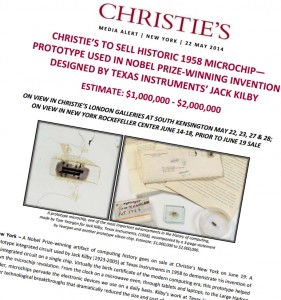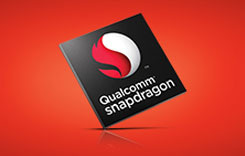China’s massive investments in LED manufacturing capacity are paying off, with a Chinese company entering the top ranks of the global market for the first time ever, according to IHS Technology.
China’s MLS Electronics in 2013 rose to the No. 10 rank in the worldwide market for packaged LEDs, up from 14th place in 2012.
The other top 10 players are based in Korea, Japan, the USA, Germany and Taiwan.
“Since 2011, most of the new LED production capacity that has been added worldwide has occurred in China,” said Jamie Fox, principal LED analyst for IHS. “Because of this, it was inevitable that Chinese companies eventually would penetrate the ranks of the top 10 LED suppliers. MLS was first to join the global elite, having established itself as the clear leader in the Chinese market by capitalizing on strong domestic demand.”
MLS is one of many Chinese LED suppliers that have sprung up amid the surge in production. However, the other firms do not even rank among the top 20 global suppliers. China’s LED supply base is massive and highly fragmented, with thousands of small manufacturers located across the country.
“Despite leading the domestic market, MLS accounted for less than 10 percent of Chinese LED revenue in 2013,” said Alice Tao, China LED analyst at IHS. “The next five largest LED suppliers in China represented only about 20 percent of the market.”
With the rise of LED manufacturing capacity in China, concerns have risen relating to overcapacity. Some of the equipment purchased for metal-organic chemical vapor deposition (MOCVD) manufacturing—the most important process step in LED production—is now sitting idle in China. Observers have fretted that the overcapacity could result in the shutdown of some Chinese suppliers.
However, only a few of the smaller Chinese vendors so far have closed their LED operations. Most of the top companies remain active in the market, with some posting strong profit margins.
MLS and the smaller Chinese suppliers mostly compete among themselves for a share of the large domestic LED market. The international portion of sales for these companies is very small.
At the same, the extremely low prices in the Chinese market make the country inaccessible to overseas suppliers. Because of this, foreign LED makers don’t encounter Chinese competitors very often.
But that situation will change rapidly. IHS expects the LED revenues of Chinese vendors to grow steadily over time, as the country’s economy continues to grow strongly. Because of this, Chinese LED suppliers will begin to sell more internationally and come into competition with foreign rivals.
Both intellectual property and quality are concerns for international customers that are considering Chinese suppliers.
However, several factors suggest these concerns could be alleviated over time. These factors include patent expirations, China’s established history in other industries, the sheer volume of manufacturing capacity in the country and the fact that many LED lamps are assembled in the nation.
Top-tier LED suppliers such as Nichia, Osram, Lumileds and Cree so far have seen only a small impact from Chinese vendors on their sales. This is especially true in the market for general lighting in regions such as Europe and the Americas. Such will not necessarily be the case by the end of the decade.



